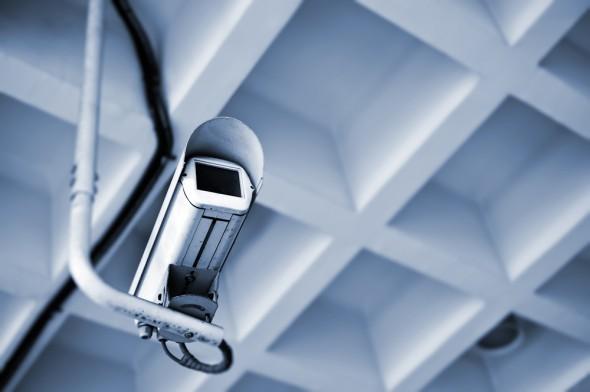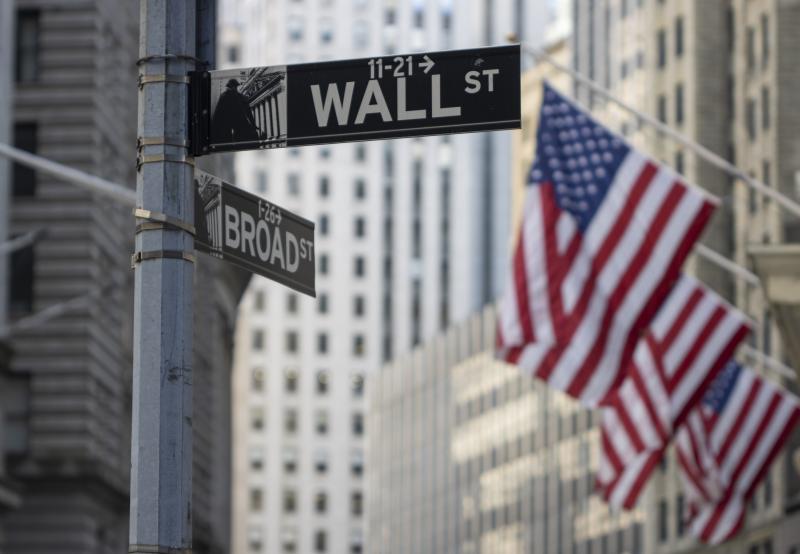
As a member of the National ATM Council Group and VP Deputy-Head of US North Operations for GardaWorld Cash Services, I know a thing or two about ATM security. Over the years I’ve learned that criminals not only target ATM customers for theft, but also the ATMs themselves.
-
The “ram raid” – This is an attempt to rip an ATM from its foundation with a vehicle, haul it away and break into it later to steal its cash. These thefts typically take place in early morning hours in places where police may take longer to respond. The premises surrounding a stolen ATM usually suffer a lot of damage as a result.
-
Burglary – This is when thieves break into an ATM to steal its cash. They’ll often use explosives to blow open the ATM’s casing to access the cash cassettes inside the machine.
-
Replenishment attack – This occurs when employees or cash couriers are either refilling the ATM’s cash or have it open to fix some problem with its mechanisms. It’s often an armed robbery, although sometimes a dishonest employee can steal the cash, too.
ATMs are generally of two types: either freestanding kiosks or “through-the-wall” models typical of banks. Each has its trade-offs as far as thieves are concerned.
The former tend to be lower cost, lightly-anchored, and hold less cash. They are found in convenience stores, gas stations, shopping malls and so forth. Often, the merchant or owner will replenish their cash.
The latter are much more expensive and sophisticated, well-anchored, hold lots more cash, and are located in bank lobbies, outdoor walls and drive-throughs. These ATMs are refilled via a Cash In Transit (CIT) provider like Garda Cash Logistics, which delivers cash via trained, bonded and armed professionals driving armored cars.
Despite the big differences between the two ATM types, tips to securing them from theft can be generalized to cover both:
-
Site, anchor and light your ATM well. First, whether indoors or outdoors, free-standing or not, ATMs should be located in open, highly trafficked areas where authorized personnel can see them, apart from surroundings such as shrubbery, architectural dividers, or retail displays. If inside a retail space, they should not be seen from the outside. Outdoor ATMs should be protected by anti-ram bollards. Next, they should be well-anchored to the floor and wall, within the best-practice, physical security guidelines set by the ATM Security Working Group. Last, they should be well-lit not only for customer safety and theft deterrence but also for sake of good-quality video recordings should they be needed as evidence.
-
Alarm your ATM and install video surveillance. You should hire a reputable security firm to alarm the ATM’s premises and the ATM itself, as well as to install a high-quality video surveillance system. Both should be monitored 24×7 via remote signaling by an alarm response center that can contact local police to react to an intrusion or ATM tampering. The alarm system should activate a shrill sound and flashing lights to alert passerby’s and to scare the thief. Ideally a “personal attack alarm” is included to protect whoever is replenishing it, if they get robbed.
-
Replenish your ATM’s cash with a CIT provider. For banks, ATM replenishment is a standard practice, but owners of freestanding ATMs may often choose to do it themselves to seemingly save the cost of a CIT provider. However, they should consider the trade-off in terms of their time and the risk. ATMs should also be located to minimize the distance between the CIT provider’s vehicle and the ATM. A clear line-of-sight should also be available.








